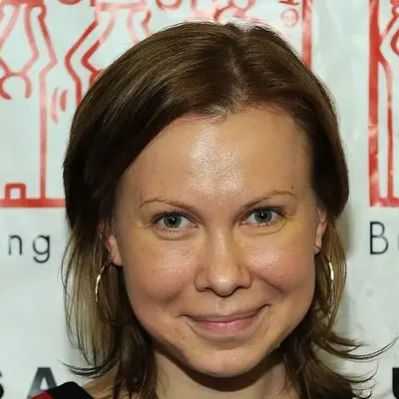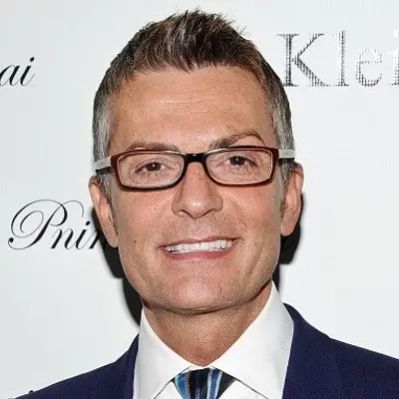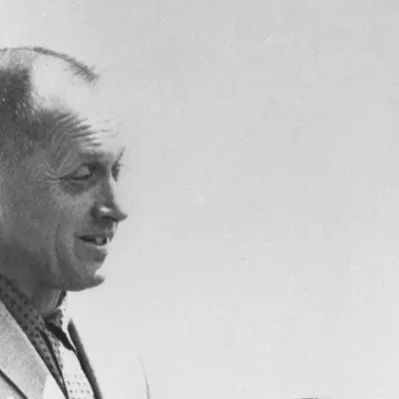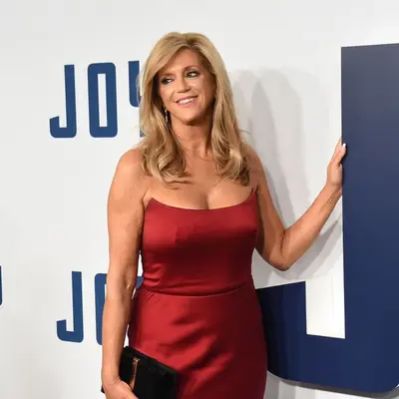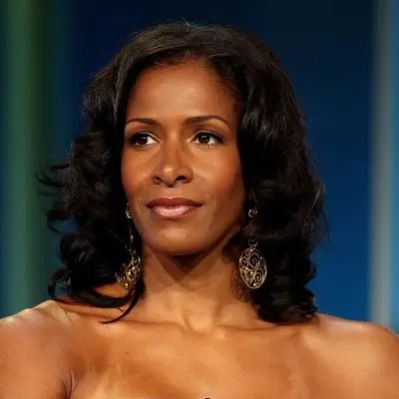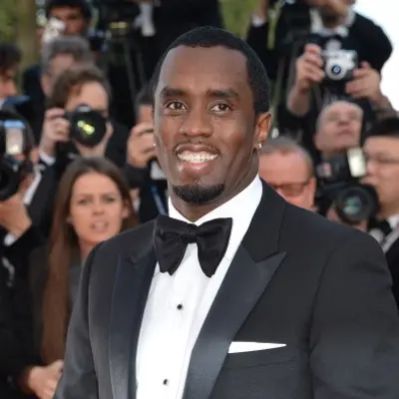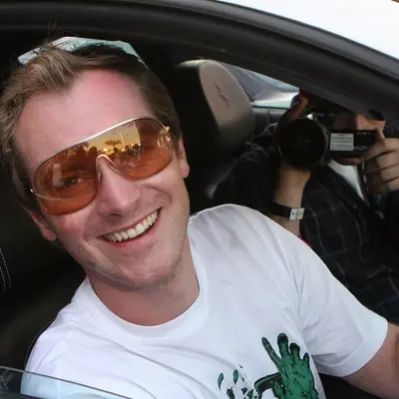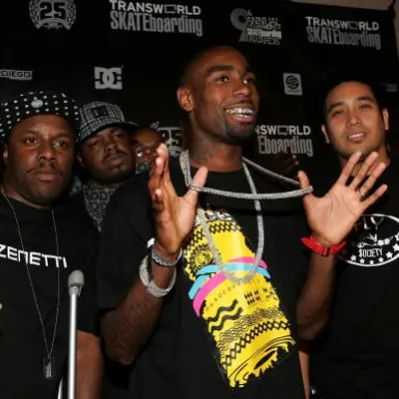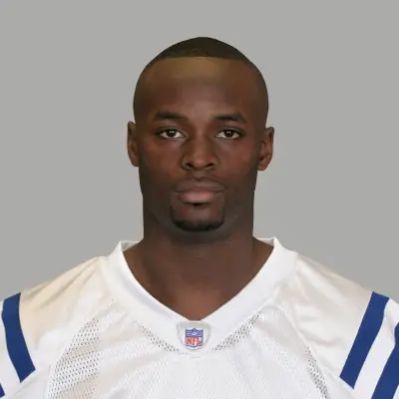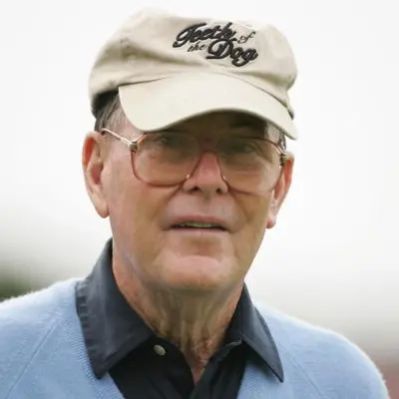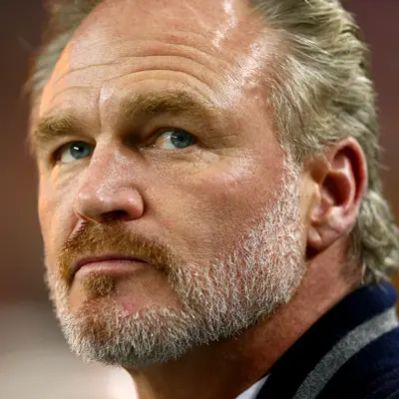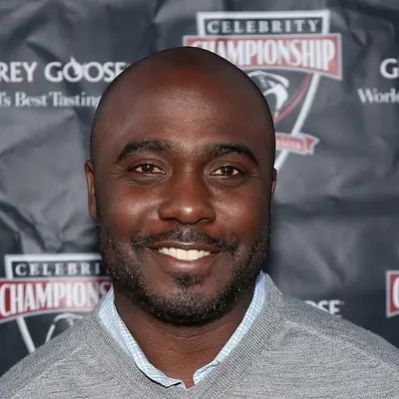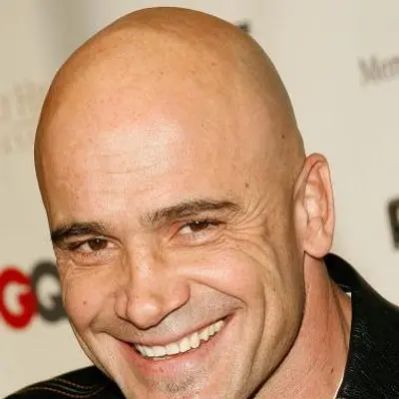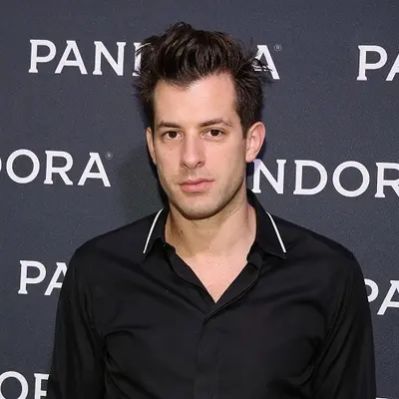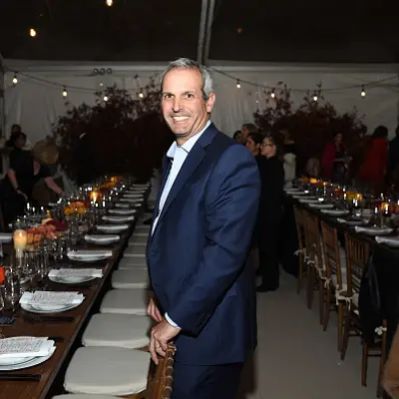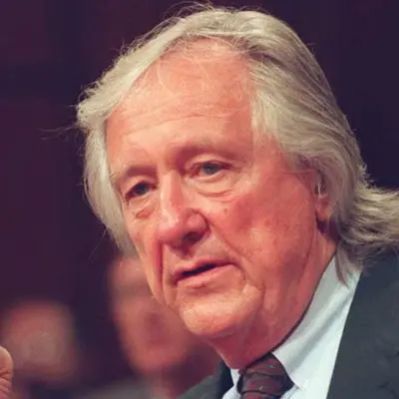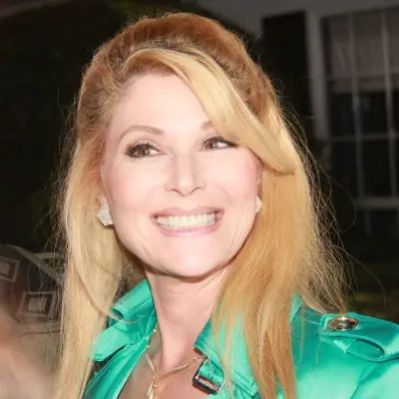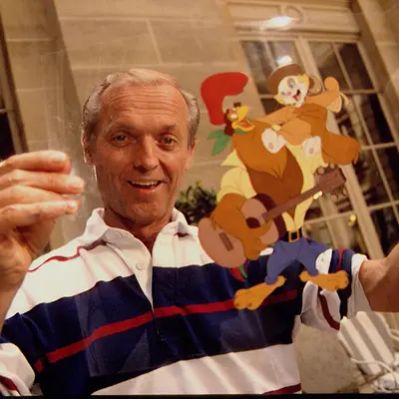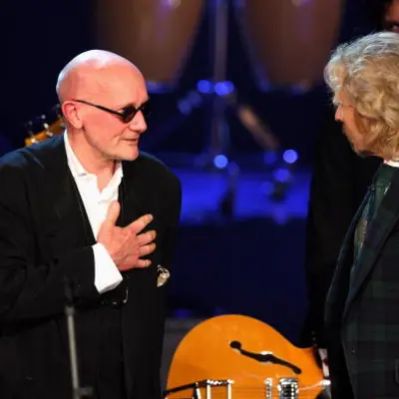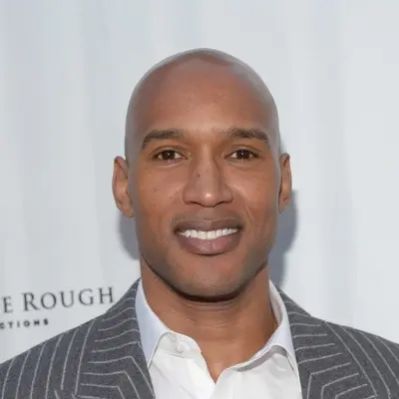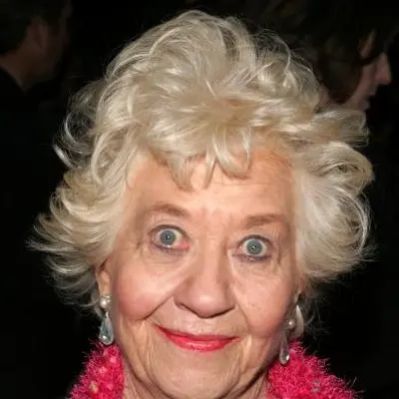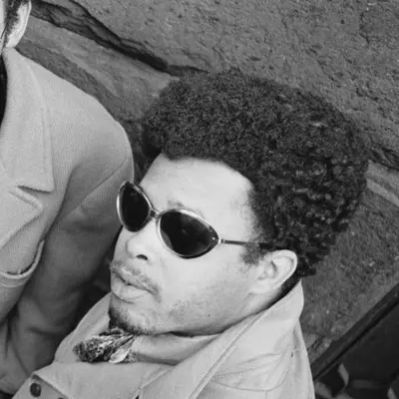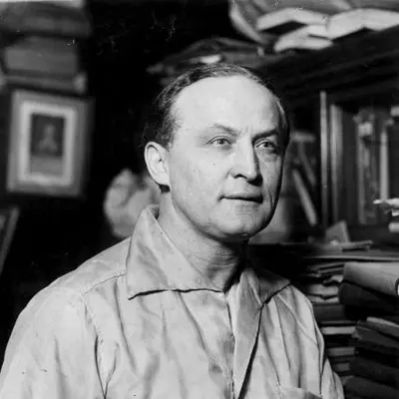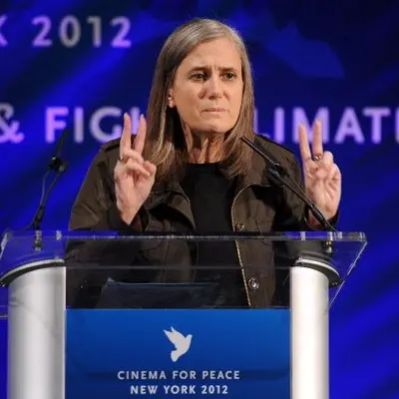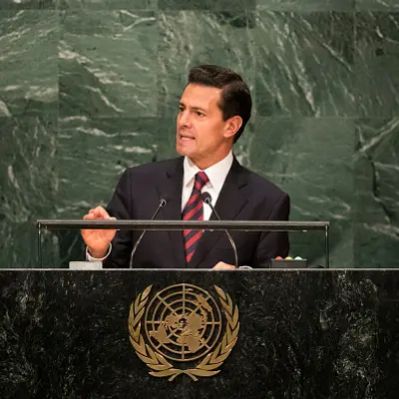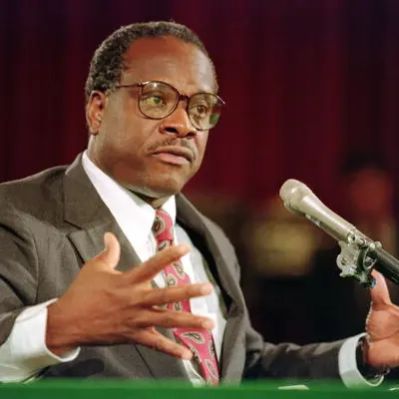What Is Andy Hertzfeld’s Net Worth?
Andy Hertzfeld, an American computer scientist and inventor, boasts a net worth of $50 million as of 2025. This valuation reflects his extensive career in the tech industry, marked by significant contributions to Apple and other ventures.
Early Life and Education
Born on April 6, 1953, in Philadelphia, Pennsylvania, Andy Hertzfeld’s early life laid the groundwork for his future success. He pursued higher education at Brown University, culminating in a computer science degree in 1975. Furthering his academic pursuits, Hertzfeld attended the University of California, Berkeley, for graduate studies. These academic experiences played a pivotal role in shaping his technological expertise and innovative mindset.
Career at Apple
Hertzfeld’s journey with Apple began in 1978 after purchasing an Apple II computer, leading him to develop software and write for publications like Call-A.P.P.L.E. and Dr. Dobb’s Journal. This garnered Apple’s attention, resulting in his hiring as a systems programmer in 1979. One of his early projects included developing the firmware for Apple’s first printer, the Apple Silentype, and writing the firmware for the Sup’R’Terminal, the initial 80-column peripheral card for the Apple II computer. Subsequently, Hertzfeld created an icon and font editor that allowed Susan Kare, an artist friend of his, to create the icons for Macintosh computers. In 1981, Hertzfeld joined the Apple Macintosh computer design team, working alongside Bud Tribble, Burrell Smith, and Bill Atkinson. Hertzfeld became the primary software architect of the Macintosh Operating System, which was groundbreaking at the time for its use of the graphical user interface. Hertzfeld wrote major portions of the original system software for the Macintosh, including such integral components as the user interface toolbox, control panel, and scrapbook. This role was instrumental in establishing his presence in the tech world and contributing significantly to his overall net worth over time.
Post-Apple Ventures: Radius, General Magic, and Eazel
Following his departure from Apple in 1984, Hertzfeld co-founded Radius with Mike Boich, Burrell Smith, Alain Rossmann, and Matt Carter. Radius specialized in Macintosh peripherals and various accessories, including processor upgrade cards, graphics accelerators, video capture cards, and color calibrators. Radius pioneered the concept of having multiple screens available in a single coordinate space, permitting users to move windows across the screens, with the Radius Full Page Display. Radius went public in 1990. By 1992, however, it was experiencing great difficulties, with many shareholder lawsuits accusing its managers of insider trading. After a round of layoffs in 1993, Radius acquired the video production software company VideoFusion. The next year, it acquired the rival company SuperMac. In early 1999, Radius changed its name to Digital Origin and focused on creating video editing software and hardware. A few years later, in 2002, it was acquired by the company Media 100.
Hertzfeld’s second company following his Apple tenure was General Magic, a software and electronics company he co-founded with Marc Porat and Bill Atkinson in 1990. General Magic attracted the notice of many of the most prominent electronics corporations in the world, such as Sony and AT&T, which became partners and investors. In 1994, General Magic released its flagship product, the Magic Cap, the object-oriented operating system that was used in Sony’s Magic Link as well as the Motorola Envoy. Among its other products, General Magic developed the antecedents to such devices and components as USBs, software modems, touchscreen controller integrated circuits, and networked games. General Magic went public in early 1995. By the end of the decade its stock had dropped substantially. The company announced that it would discontinue its operations in 2002. Two years after that, General Magic was liquidated.
The third company founded by Hertzfeld was Eazel, in 1999. The staff of the company included numerous former employees of such top technology companies as Apple, Microsoft, Netscape, and Sun Microsystems. Eazel’s flagship product was the Nautilus file manager for Linux’s GNOME desktop. After a failed attempt to monetize and secure necessary funding, Eazel ended its operations in the spring of 2001. While financial specifics regarding these ventures are not publicly available, their contribution to Hertzfeld’s reputation and future opportunities is undeniable.
Google and Other Endeavors
From 2005 to 2013, Hertzfeld worked at Google, where he served as a designer. During his time there, he was the key designer of the Circles user interface in Google+. He also worked on the image-organizing software Picasa. Prior to Google, Hertzfeld volunteered his services to the Open Source Applications Foundation from 2002 to 2003, writing early prototypes of the personal information management software Chandler. In 2004, Hertzfeld launched the website folklore.org, a collective storytelling platform that includes many anecdotes about the making of the original Macintosh computer. These roles have not only kept him at the forefront of technological innovation but have also added to his overall net worth.
Personal Life and Real Estate
In 1998, Hertzfeld married Joyce McClure. The couple resides in Palo Alto, California. A year after marrying, they purchased their Palo Alto home for $350,000. Considering the real estate market trends, the estimated value of their home today ranges from $6-7 million. Although this increase significantly contributes to their assets, it represents only a portion of Andy Hertzfeld’s total net worth.
Net Worth Summary
Andy Hertzfeld’s $50 million net worth is a culmination of his work as an innovator, his time with Apple, his entrepreneurial ventures, his design contributions at Google, and strategic real estate investments. Although detailed financial records of his private investments and yearly income are not publicly available, his career trajectory suggests a steady accumulation of wealth through diverse avenues within the tech sector. Andy Hertzfeld’s net worth reflects his significant impact on the tech industry.
 Net Worth Ranker
Net Worth Ranker



